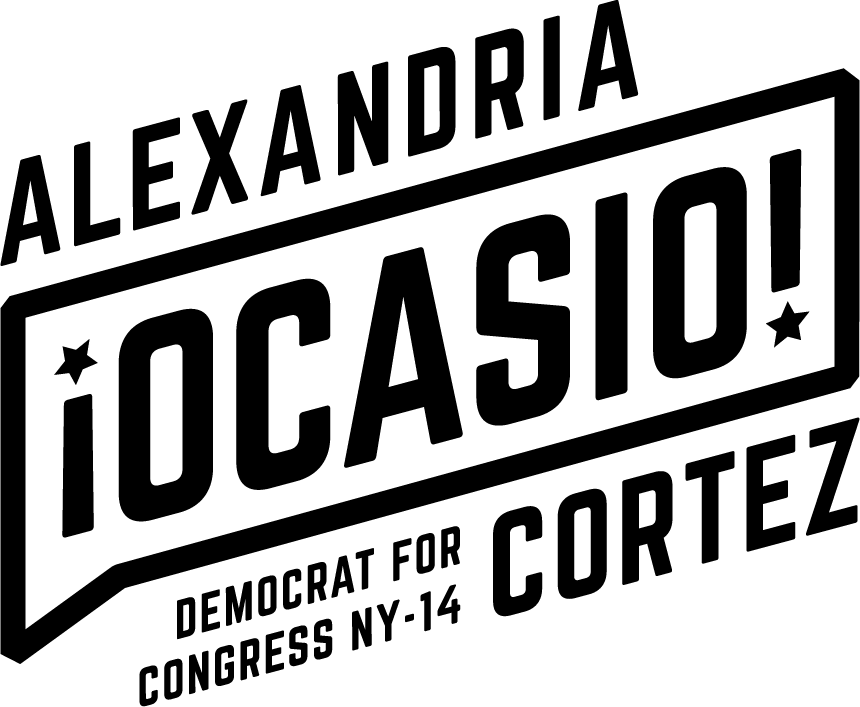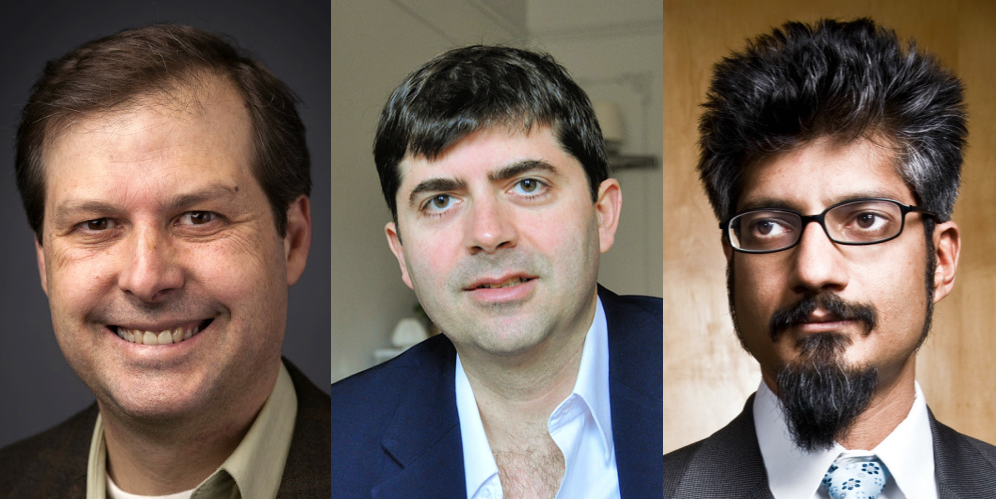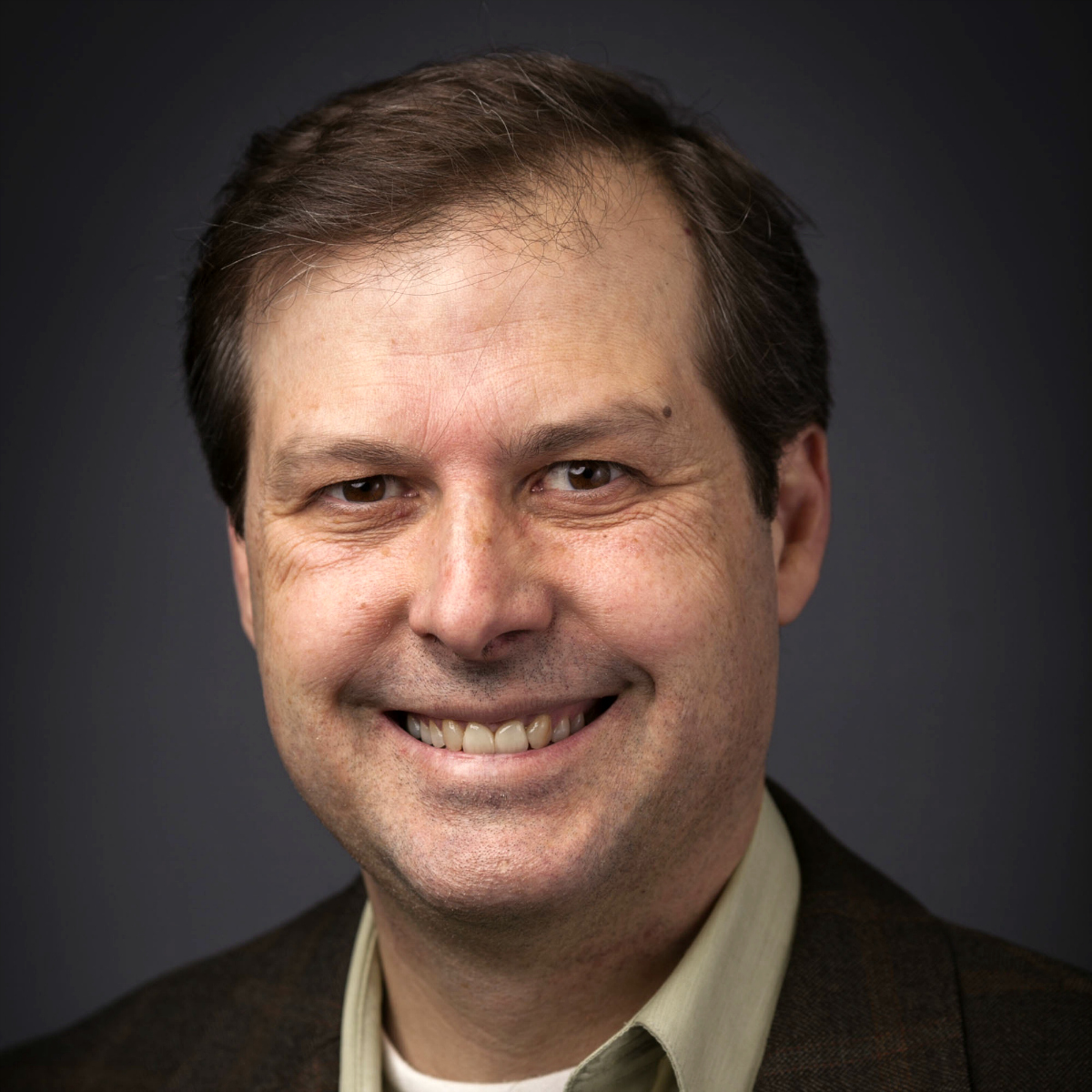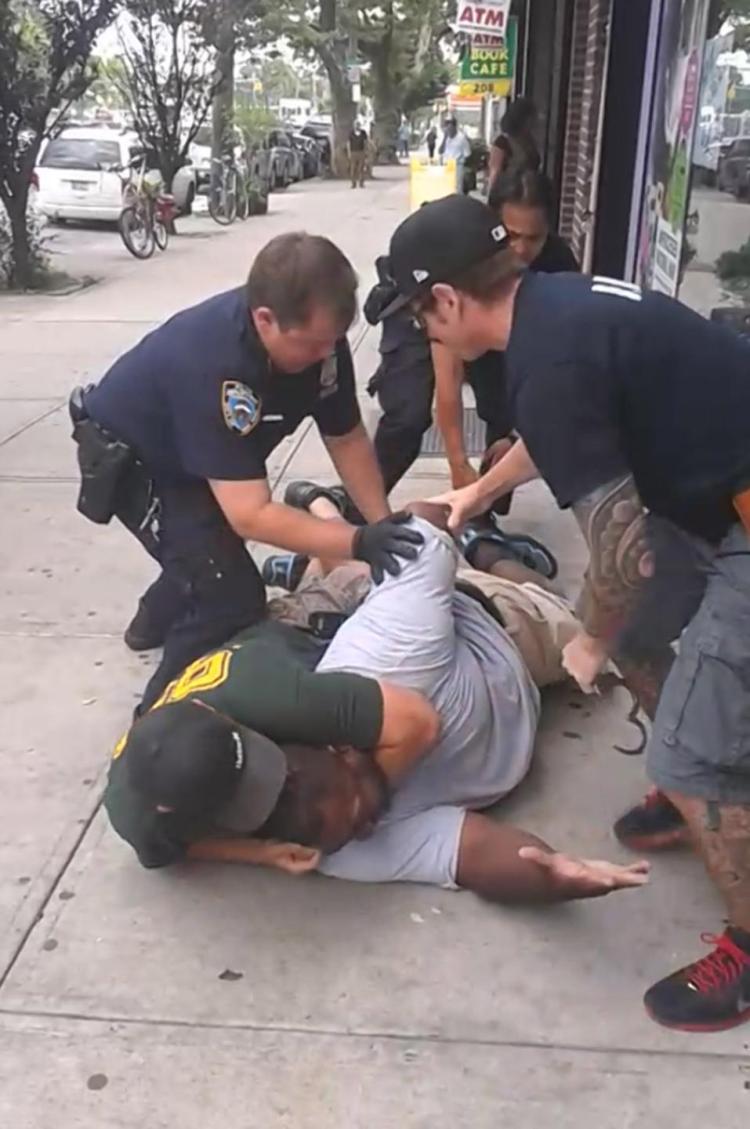RSN: Bob Fitrakis and Harvey Wasserman | Without Election Protection, Primary Disasters in Wisconsin, Ohio and Georgia Portend the Death of American Democracy

Bob Fitrakis and Harvey Wasserman, Reader Supported News
Excerpt: "Unless election protection activists rise up, primary election disasters in Wisconsin, Ohio and Georgia could signal the death of American democracy this fall."

Bob Fitrakis and Harvey Wasserman, Reader Supported News
Excerpt: "Unless election protection activists rise up, primary election disasters in Wisconsin, Ohio and Georgia could signal the death of American democracy this fall."
In all three states, gerrymandered Republican legislatures successfully sabotaged attempts to stage free and fair elections. They specifically targeted communities of color with mass disenfranchisement and degrading mistreatment at the polls.
In Wisconsin, attempts to deal with the coronavirus with Vote by Mail and reasonable postponements were aggressively assaulted by legislative fiat and partisan court decisions.
Recognizing the danger of having large numbers of people vote in person, in long lines and crowded conditions, Wisconsin’s Democratic governor, Tony Evers, moved the state’s planned primary back to June. Plans were in place to make sure the state’s Vote by Mail systems would function properly, that there was plenty of time to get ballots out to voters and back to the election boards, and that there were sufficient polling stations with enough personnel to handle problems that needed to be solved in person without backups and machine failures.
Instead, the legislature trashed Evers’s attempts. For no apparent legitimate reason, it forced the election to take place on April 7, long before the state could be fully prepared for it. It imposed deadlines that could not be met. Republican-dominated state courts and the US Supreme Court mostly supported the rushed deadlines, with catastrophic results.
In other words, the GOP-controlled legislature did everything it could to subvert the election and make it difficult for people of color to vote – or to have their votes counted. And they apparently succeeded.
But tens of thousands of brave badgers braved rain and multi-hour lines to cast their ballots. Most were exposed to the coronavirus, many took sick, and some apparently died.
The result was a shocking defeat for an incumbent Trump-supported state Supreme Court Justice who lost his seat by more than 160,000 votes.
The tactics in Ohio were similar, but the outcome was not.
Twelve hours prior to Ohio’s March 17 primary, the state Health Director, Amy Acton, canceled the election in an attempt to prevent the spread of the coronavirus. Acton, who is Jewish, worked to keep the state shut and enforce quarantining at home. She was subjected to widespread antisemitic attacks. A swastika was painted on the statehouse.
Nonetheless, Ohio’s Republican governor, Mike DeWine, stood by the quarantine. Republican secretary of state Frank LaRose reset Election Day for Tuesday, June 2, with a focus on mail-in voting. Every eligible voter in the state would get a mail-in ballot request form to receive a ballot if needed.
As in Wisconsin, the GOP legislature trashed the secretary of state’s plan. Despite the total unpreparedness of state and county election officials (or maybe because of it), the lawmakers set a new Election Day – April 28 – and dictated that the primary would be conducted almost entirely by mail.
But due to the Covid-19 virus situation, the U.S. Post Office mail was running slowly, with an estimated 10-14 day delivery time.
LaRose issued a directive on Friday, April 17, allowing in-person voting at each of Ohio’s 88 county boards of elections on Election Day. If a voter requested a mail-In ballot and did not receive it by Election Day, they could come in and vote a provisional ballot.
But that was not the case throughout Ohio.
Election night results identified a staggering 13.9 percent of all the votes in the state remaining uncounted, according the secretary of state’s website. There were 199,693 mail-in ballots remaining uncounted. Another 44,368 provisional ballots allowed under federal law added to the total of nearly a quarter million uncounted votes.
Despite huge Republican majorities gerrymandered into the legislature, Ohio is a swing state. Most of its statewide elections are competitive between the two major parties. So, to have 13.9 percent of all votes uncounted poses a serious threat to the validity of the vote totals. Not only were these ballots uncounted on election night, Ohio law does not require uncounted votes to be tallied for ten days.
But that deadline came and went. The ballots weren’t finally counted until the thirtieth and final day of election certification.
Franklin (home of Columbus) is the largest county in Ohio, and a Democratic stronghold. Some 17.3 percent of its ballots sat uncounted for a month. What’s still unclear is the critical question of who had access to these ballots as they waited to be counted, and what was the official chain of custody?
Other counties, like Cuyahoga, the home of Cleveland, had higher than average uncounted ballots at 14.5 percent. So did Lucas County in the Toledo area with 14.5 percent uncounted as well.
On Friday, May 29, LaRose finally released his official results: 5,500 ballots that were cast at boards of elections on Election Day were rejected under an obscure state law stating that only disabled and homeless peoples’ ballots were allowed to be counted as in-person votes on Election Day. Voters who had applied for paper ballots that never came – but who were neither disabled nor homeless – were completely disenfranchised.
Ohio’s history of election theft dates in particular to 2004, when Democratic presidential candidate John Kerry refused to challenge results that had been thoroughly skewed by Republican secretary of state J. Kenneth Blackwell. Blackwell ran the state’s election while also serving as co-chair of the Ohio Committee to Re-Elect Bush-Cheney.
Kerry’s running mate, John Edwards, vehemently demanded that he not concede and stand by demands for a state-wide recount. Kerry’s staff was thoroughly briefed on the widespread “irregularities” that defined the election. Long lines (up to 12 hours in Gambier, home of Kenyon College) occurred throughout the state, but most intensely in African-American urban precincts, as again this year in Ohio, Wisconsin, and Georgia.
But Kerry ignored the widespread pleas for a thorough investigation and surrendered the Buckeye vote count – and the presidency – at 1:00 pm the day after the election. More than 200,000 votes remained uncounted, far more than his official margin of defeat. To this day, Kerry has not publicly commented on electoral conditions in Ohio that plagued this year’s primary, and are set to be repeated this fall.
Georgia also fell into the maelstrom this week. Secretary of State Brad Raffensperger was repeatedly warned against spending some $104 million in state money to purchase Dominion Voting machines, which has a thoroughly documented history of failure. The company’s leading Georgia lobbyist was Chief of Staff for the previous secretary of state, Brian Kemp. Kemp, a KKK supporter, ran his own election for governor, counting himself more votes than Stacy Abrams, who continues to criticize the outcome.
The Board of Elections of Athens-Clarke County voted in March to use hand-marked paper ballots. But Raffensperger threatened fines and legal prosecution. His purchased machines predictably collapsed throughout the state this week, resulting in the usual huge lines and massive disenfranchisement.
US House Speaker Nancy Pelosi designated the fiasco as “by design.” Raffensperger seemed to confirm that judgment as he termed the fiasco “a great day for Georgia” and denied any responsibility for the long lines and denial of voting rights.
Wisconsin, Ohio, and Georgia have now provided clear predictors of what Donald Trump might consider an ideal fall election. With registration rolls, vote by mail, polling stations, counting procedures, and much more up for grabs, millions of American citizens – mostly of color – stand to be disenfranchised.
Trump’s GOP is certain to take steps to avoid a repeat of Wisconsin’s shocking state Supreme Court upset.
The American public, the media, and the election protection community now have no excuse. Trump will have no need for cancelling the fall elections if they can be subverted as thoroughly as we have just seen in Wisconsin, Ohio, and Georgia.
Throughout the states, registration rolls, vote by mail, ballot counting, and much more all must be thoroughly mapped out, vetted, and protected, county-by-county and state by state, before November 3.
You might join that process at the COVID-19 Emergency Election Protection Zoom this coming Monday, June 15, by contacting Harvey Wasserman via www.solartopia.org. A national YouTube webinar on Wednesday, June 17, will present a 90-minute tutorial on the “Election Protection Trinity/Trifecta” – Registration Rolls, Vote by Mail, Ballot Counting – with a diverse panel of expert/activists. Please join us at both events.
No More Stolen Elections!!!
Bob Fitrakis & Harvey Wasserman’s seven books on election protection can be found via www.freepress.org, where Bob’s Fitrakis Files also reside. Harvey’s People’s Spiral of US History is at www.solartopia.org.
Reader Supported News is the Publication of Origin for this work. Permission to republish is freely granted with credit and a link back to Reader Supported News.












